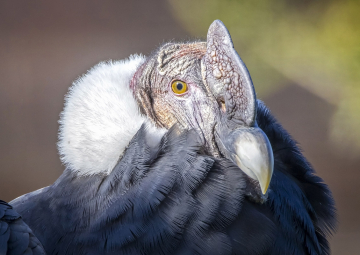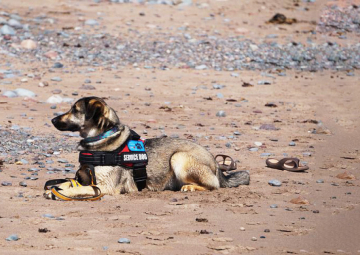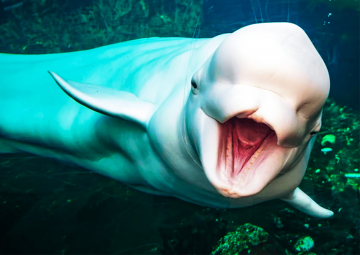THEORY
Training the threshold of tolerance
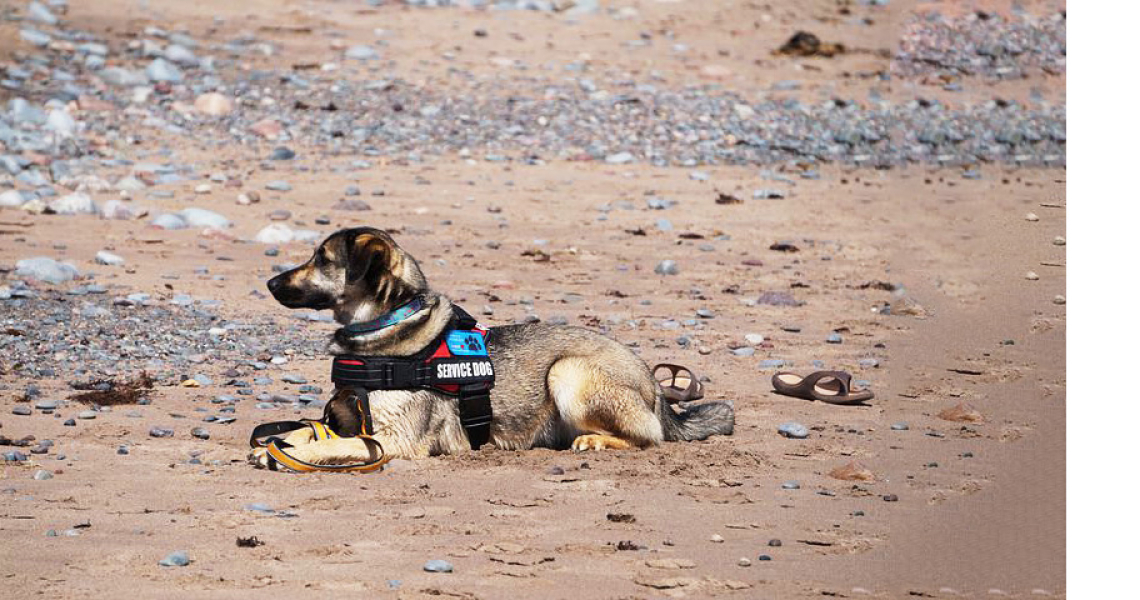
In animal training, we sometimes hear about the threshold of tolerance, but what is the threshold of tolerance and how can we manage it?
It is a term that refers to the level or point at which an animal begins to show signs of stress or discomfort in response to a specific stimulus. This concept is crucial for understanding and managing an animal's behavior, as it allows us to identify the limits within which the animal can behave without showing significant frustration or discomfort.
Below, we highlight some key details about the threshold of tolerance:
- Knowing and respecting an animal's threshold of tolerance is essential to avoid situations that may trigger negative reactions. In training, this means adjusting the difficulty and intensity of the behaviors we train, which we know as the criterion, progressively, ensuring that the animal does not feel overwhelmed.
- Identifying the signs that an animal is reaching its threshold of tolerance can vary. These signs can include changes in behavior, unusual vocalizations, avoidance, abulia, and even physiological responses such as increased heart rate, wide-open eyes, excessive salivation, etc.
- Gradual increase is fundamental to raising the threshold of tolerance progressively. This can be done through successive approximations and the slow introduction of new stimuli or behaviors, allowing the animal to get accustomed and develop a greater capacity to handle them without stress.
A good strategy could be to use secondary discriminative signals (SDs), such as the KGS or Keep Going Signal (if you want to know more about the KGS, you can learn more in our previous article The KGS is not a Russian security committee. These strategies help to clearly communicate expectations and support the animal in the learning process, as the signal acts as a "reminder" for the animal, indicating that it is doing well and should continue performing the required behavior. This way, we provide the opportunity for the animal to understand and adapt to new expectations, thus avoiding frustration and possible negative reactions, establishing clear communication, and ensuring a smooth transition to more complex or challenging behaviors.
For example, when training a dolphin or an orca to perform three jumps around the perimeter of the pool, a challenge arises when trainers suddenly decide that six jumps would be more impressive and wish to establish this new criterion. However, the dolphin or orca, as expected, stops after the third jump, creating a discrepancy between the trainers' expectations and the behavior exhibited by the animal.

In this situation, trainers are aware of the need to support the animal and decide to introduce a secondary signal in the fourth position, hoping that the cetacean will understand and perform the additional jumps we want to train. However, the response from the orca or dolphin is not as expected, and it stops after the fourth position, leading trainers to frustration or to speculate about the animal's attitude. Imagine that at this moment, as trainers, we take responsibility and give the signal again. However, the reaction of the orca or dolphin is unexpected. The animal comes out of the water or shows precursors of aggression, putting us in an unpleasant and dangerous situation for both the animal and the trainer or one of their colleagues.
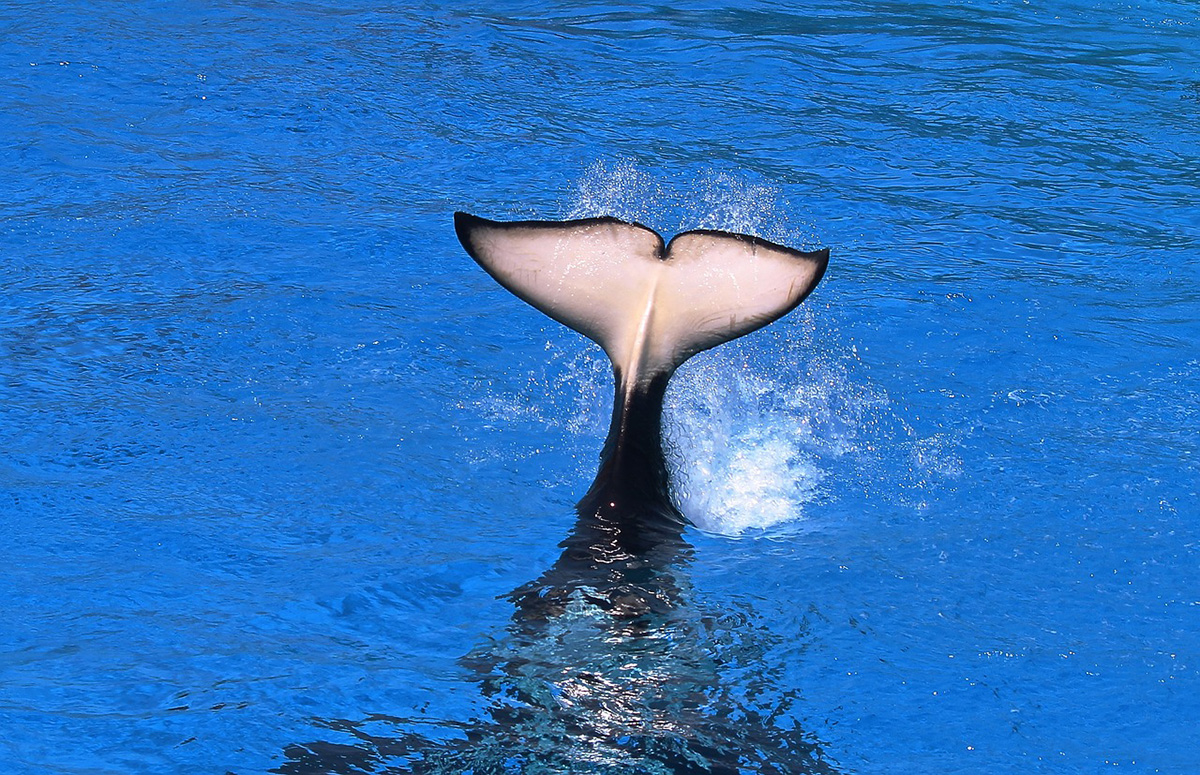
In summary, at Wezooit, we believe that training the threshold of tolerance is fundamental to avoiding frustration and ensuring the safety of both animals and trainers, whether through successive approximations or the use of other strategies.
And remember, if it’s possible... Wezooit!













